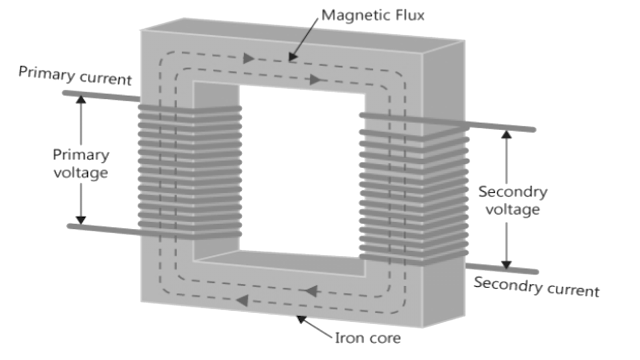What is a Shell Type Transformer?
What is a Shell Type Transformer? Basically a shell type transformer is one in which the core of the transformer surrounds the windings. And in this type of transformer, the core surrounds the primary and secondary windings. Therefore, they are called shell type transformers. Both the windings are wound on the central limb of the core. As you can see, the circuit has two flux paths. The central organ carries the entire magnetic flux; and the other two side limbs carry half of the flow. HV and LV winding mounting is same as discussed earlier in core type transformer. In the second image below, the red winding is the primary and the green winding is the secondary.
